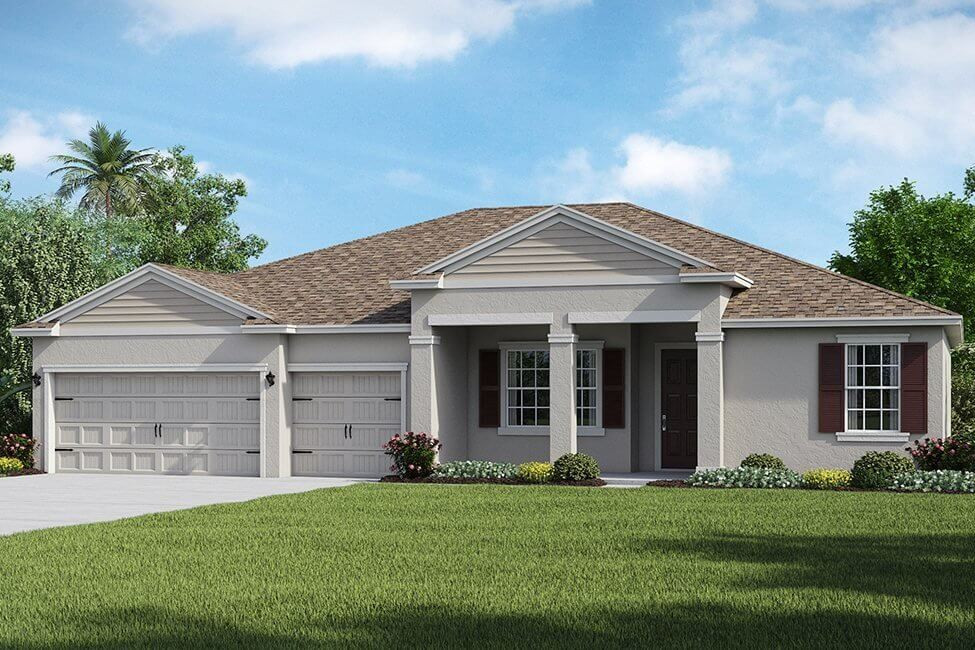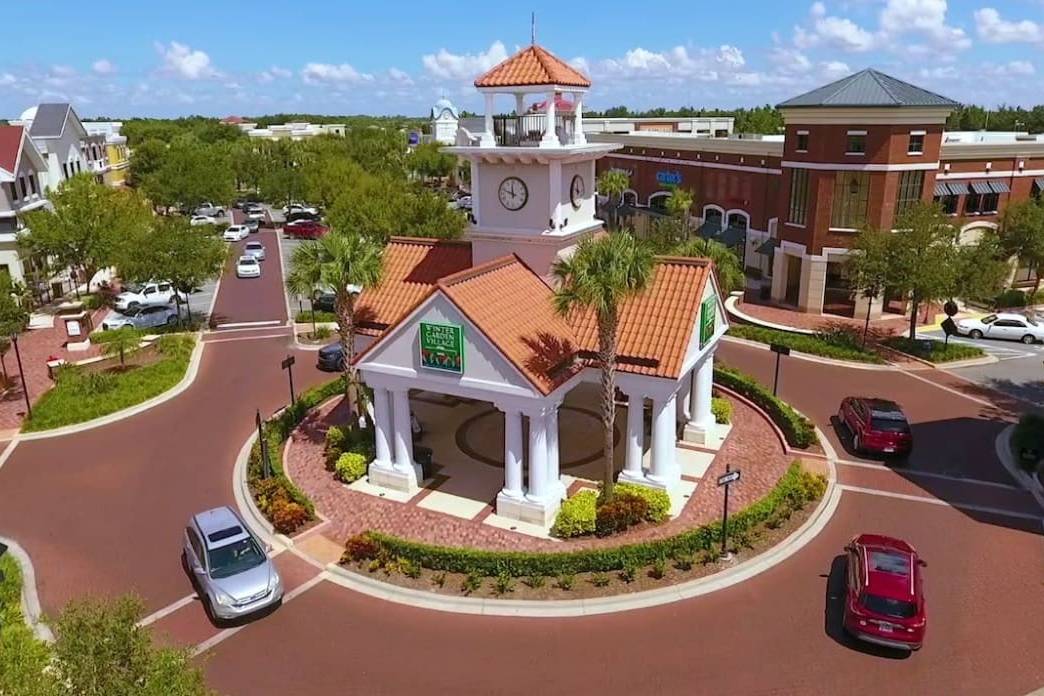
Home ownership is an important element in achieving the American dream. A recent report by National Association of Realtors (NAR) found that more 86% of buyers agree that home ownership is still the American dream.
Before the 1950s, less than half the country owned their own homes. However, after the Second World War, many returning veterans used the benefits offered by the GI Bill to buy a house.
Since then, the percentage of owners nationwide has risen to the current rate of 65,5%. This strong desire for home ownership has kept house values rising ever since.
The graph below shows house price appreciation since the end of the Second World War:
Appreciation of house values since the Second World War

[ipt_fsqm_form id="8″]
The graph shows that the only time house values fell significantly was during the housing boom and bust of 2006-2008.
If you look at how prices skyrocketed before 2006, it looks a bit like the current rise in prices over the last two years.
This may lead some people to worry that we are about to see a similar fall in house valuesas happened when the bubble burst.
To help alleviate these concerns, let's look at what happened last time and what is happening today.
What caused the real estate collapse 15 years ago?
In 2006, foreclosures flooded the market. This drastically reduced home values. The two main reasons for the flood of foreclosures were:
- Many buyers were not really qualified for the mortgage they obtainedThis has led to more homes becoming foreclosures.
- A number of homeowners had used the high appreciation of their homes to refinance them and raise capital based on the increase in the value of their homes. When prices fell, they found themselves in an underwater situation (where the house was worth less than the mortgage on the house). Many of these homeowners abandoned their homes, leading to more foreclosures. This further reduced the values of neighboring houses.
This cycle continued for years.
Why today's real estate market is different
Here they are two reasons why today's market is nothing like what we experienced 15 years ago.
1. Today, the demand for home ownership is real (not artificially generated)
Until 2006, banks were creating artificial demand by lowering lending standards and making it easier for anyone to qualify for a home loan or refinance their current home.
Today, buyers and those refinancing a home face much higher standards from mortgage companies.
Data from Urban Institute show the amount of risk banks were willing to take on compared to now.

There is always risk when a bank lends money. However, it led to the housing collapse 15 years ago, credit institutions assumed much greater risks for both the individual and the mortgage product offered. This led to mass defaults, foreclosures and falling prices.
Today, the demand for home ownership is real. It is generated by a reassessment of the importance of the home due to a global pandemic. In addition, lending standards are much stricter in today's lending environment.
Buyers can afford the mortgage they are taking on, so there is little worry about possible defaults.
And if you're worried about the number of people still in tolerance (because of the rules during the pandemic prohibiting banks from foreclosing)you should know that there is no risk of causing a turnaround in the real estate market today. There won't be a flood of foreclosures.
[ipt_fsqm_form id="9″]
2. People aren't using their homes as ATMs like they did in the early 2000s
As mentioned above, when prices were rising rapidly in the early 2000s, many thought it would never end.
They began borrowing against the equity in their homes to finance new cars, boats and vacations.
When prices began to fall, many of these homeowners were underwater, leading some to abandon their homes. This increased the number of foreclosures.
Homeowners haven't forgotten the lessons of the crisis, as prices have skyrocketed in recent years. The Black Knight reports that equity (the amount of equity available for owners to access before reaching a maximum ratio of 80% of the loan amount, or LTV) more than doubled compared to 2006 (US$ 4.6 trillion to US$ 9.9 trillion).
The last Homeowner Equity Insights of CoreLogic reveals that the average homeowner earned $ 55,300 in home equity last year alone.
Odeta Kushi, deputy chief economist at First American, reports:
"Homeowners in the fourth quarter of 2021 had an average of US$ 307,000 in equity - a historic high."
ATTOM Data Services also reveals that 41,9% of all mortgaged homes have at least 50% of equity. These owners will not face an underwater situation, even if prices fall a little. Today, owners are much more cautious.
Any doubts?
Now that you know a little more about the behavior of the real estate market and the differences between the current price increase and the real estate crisis of the early 2000s, you can consider investing in vacation homes in Orlando. To make the most of all the tips we've given you and go even deeper, you can talk directly to our relationship agents. They are always happy to talk to you to answer any questions you may have about investing in Florida.
In this article, we've covered the topic of the behavior of the real estate market during recessions because it's interesting for those looking to invest in Florida. If you would like to read more content like the one in this article, just stay tuned to our blog.
Did you like the article? Keep an eye on our blog! Looking to live or invest in real estate in Florida? Check out the list of houses for sale in Florida that we've selected for you!
|
Getting your Trinity Audio player ready...
|
Leo Martins
My role is to create an environment for people to connect with Real Estate in Florida
Related Posts
September 25, 2025
Panorama atualizado do aluguel em Orlando em 2025
Construction cranes aren't the only things going up amid Orlando's boom. This…



